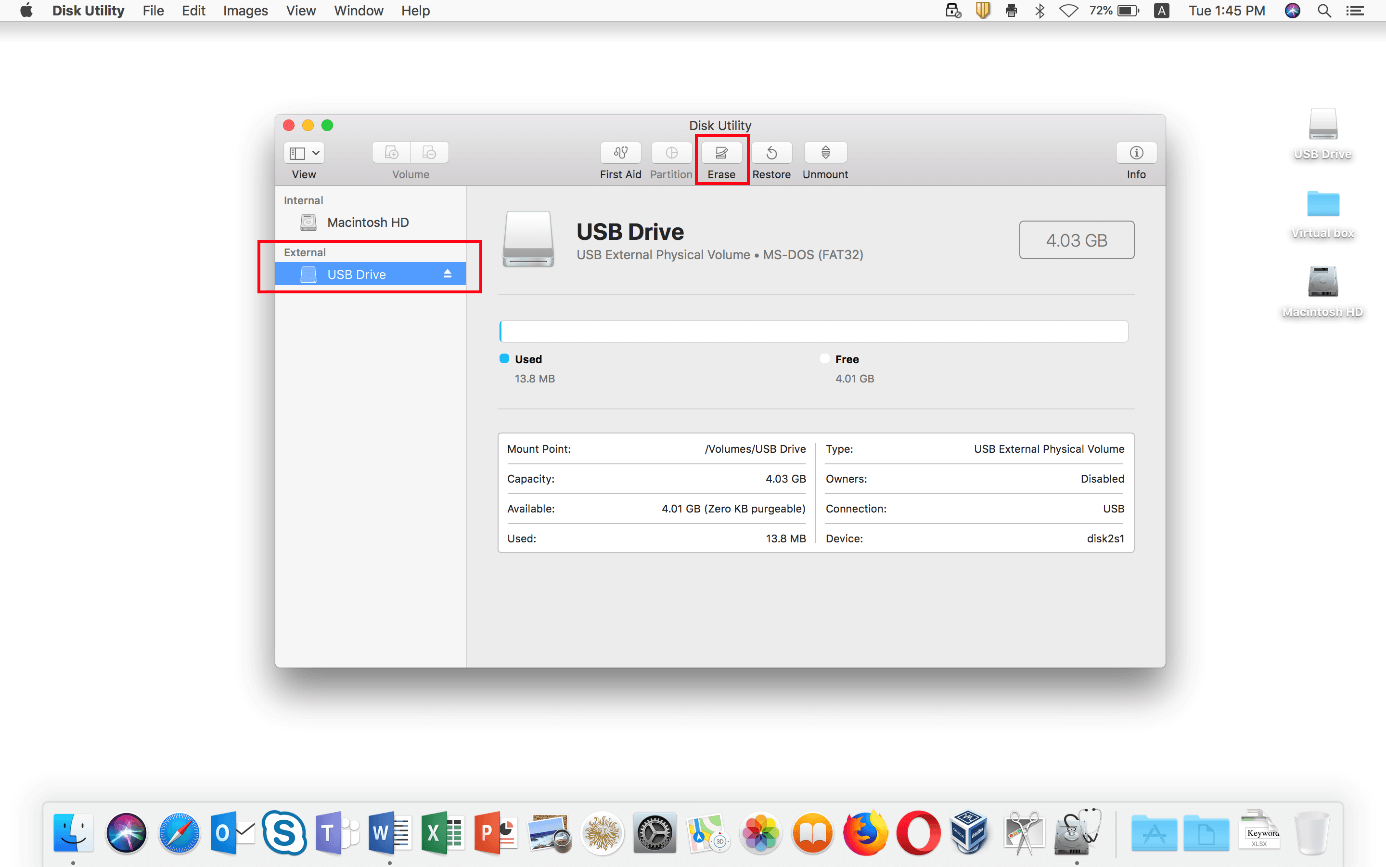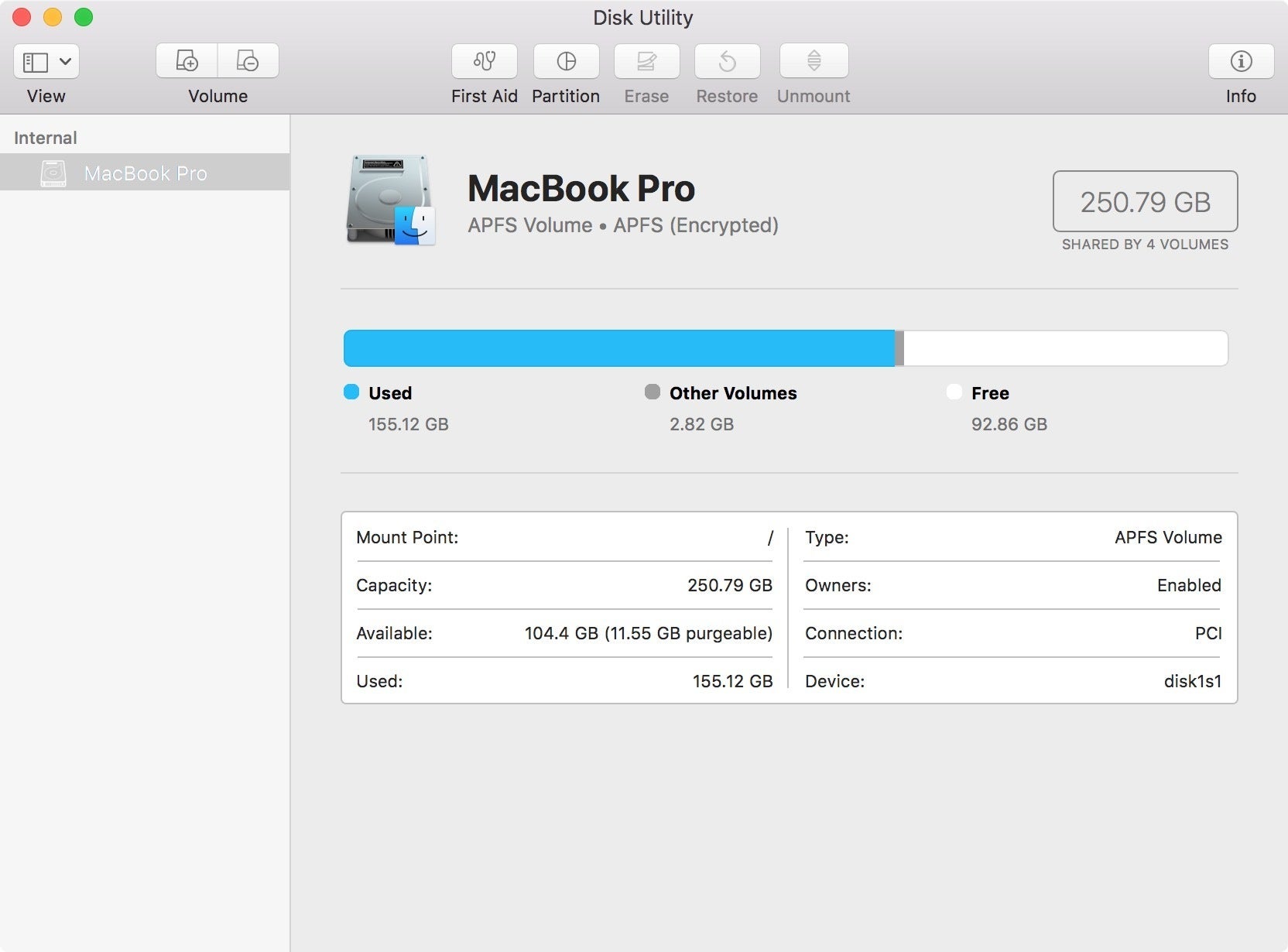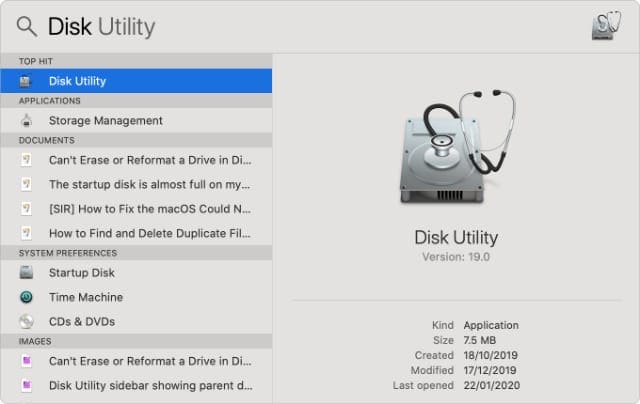

- MAKE A UTILITY DISK FOR MY MAC HOW TO
- MAKE A UTILITY DISK FOR MY MAC MAC OS X
- MAKE A UTILITY DISK FOR MY MAC MAC
- MAKE A UTILITY DISK FOR MY MAC WINDOWS
This will mount the startup volume as a read-and-write file system. Repeat this commmand until you see the message “The volume Macintosh HD appears to be OK.” (Wherein “f” means that it'll force the utility to check the drive file system, and “y” means it'll automatically confirm the actions of fsck command.)ĭepending on the size of your volume, it may take a while for this process to complete. When you’re in the Terminal, type the following and hit Return: If you have set a firmware password, then Single-User mode is not available to you. This procedure applies to both Intel and M1 Macs.įor older Macs, press and hold Cmd + S when your computer boots.
MAKE A UTILITY DISK FOR MY MAC MAC
To boot into Single-User mode, start your Mac in macOS Recovery and choose Utilities > Terminal. It doesn’t attempt to boot macOS, but simply provides access to Unix command line. Single-User mode allows you to make changes to shared user resources. It’s a popular Unix tool for checking and fixing drive problems. If Safe Mode or performing first aid in macOS Recovery didn’t fix your problems, we’ll use fsck (file system consistency check). But in Intel Macs with the T2 chip, it’s necessary to enable “booting from external media.” Or, open a Finder window, click Applications in the sidebar, double-click the. You can also click the Launchpad icon on your dock, click the Other folder, and then click Disk Utility.

In Macs with the M1 chip, there are no restrictions for booting from external volumes since each volume has its own security settings. To access the Disk Utility in macOS, just press Command+Space to open Spotlight search, type Disk Utility into the search box, and then press Enter. If you have trouble booting into macOS Recovery, perhaps due to problem with your drive, you can start macOS Recovery over the internet (by holding Cmd + Option + R) or from the recovery volume located on an external drive instead.Īgain, it depends on the type of Mac you own. If Safe Mode didn’t fix your issue, performing this step should repair your disk and file system, which may not be possible when you use them as a startup drive.
MAKE A UTILITY DISK FOR MY MAC WINDOWS
Once you’re in macOS Recovery, launch Disk Utility and proceed to run First Aid as discussed above. after making the switch, Apple provided a utility called Boot Camp that enables you to format part of your Mac's internal disk as a Windows disk. Press and hold the power button until you see a prompt that says “Loading startup options.” A set of one or more drives should appear along with a gear icon labeled Options. If First Aid finds any errors, it’ll attempt to automatically fix them. Macintosh HD (assuming you haven’t renamed the startup volume) Launch Disk Utility and click First Aid followed by Run, selecting volumes in the following order: When your Mac starts up, it performs a quick consistency check to scan the startup disk and to verify the partition scheme (the space where volumes exist) and volume directory structure (which catalogs the stored files and folders). But first, doesn't it make sense to ask what First Aid actually does? If you suspect problems with your startup drive due to performance issues or erratic behavior, running First Aid certainly won’t hurt. If your machine is running fine, this troubleshooting guide is not for you. You might see a black screen, you could get an error message, or your computer may hang on the white Apple logo.

These tips are for instances where your Mac refuses to boot.
MAKE A UTILITY DISK FOR MY MAC HOW TO
We’ll show you how to use features like Disk Utility's First Aid, fsck, and tools built into macOS recovery to revive a Mac that refuses to start. Save yourself time and money by trying to fix it yourself. You don’t need to take your machine to a service center for repair yet.
MAKE A UTILITY DISK FOR MY MAC MAC OS X
macOS includes some simple fixes that can help get everything right straight away. Mac OS X Leopard added the ability to create, resize, and delete disk partitions without erasing them, a feature known as live partitioning. There’s no need to panic if your Mac won’t start.


 0 kommentar(er)
0 kommentar(er)
